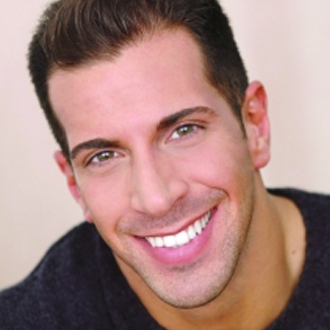
The topic of testosterone and men’s vitality has been a hot topic as of late. I recently sat down with Ali Gilbert, founder of Metabolic Golf and director of performance at Greenwich DX Sports Labs. She specializes in men’s physiology and hormone optimization.
How did you come to specialize in optimizing men’s health?
“I work with mainly golfers, and men tend to seek out golf fitness more so than women. Through my training and nutrition coaching, I realized there is a big deficit in the understanding of male hormonal health and biochemistry. Women’s hormone replacement therapy is so socially accepted, yet for men it is more ‘taboo’…and the current epidemic of low testosterone in men has even medical professionals perplexed. So I decided to learn everything I could behind it and be an advocate for my guys. It is a fascinating topic that I am grateful to lecture on to other fitness professionals. I am also a partner in a business that sells rather progressive diagnostic tests, so having an MD as a business partner (Dr. Steven Murphy) helps tremendously.
Why do you think men are experiencing lower testosterone than in years past?
“Men 20 to 30 years ago didn’t have the issues that they do now. Think about your grandfathers. They didn’t have the same exposure to toxins in the environment. Lab companies have even lowered their low end of the optimal testosterone range because of the current trends.
“We live in an estrogen-saturated environment. Chemicals in our food, water, coffee, plastics, cosmetics, lotions, all different products, contain what are called ‘endocrine disruptors,’ where they mimic hormones in our body, essentially increasing the amount of the bad types of estrogen. This is as prominent in teenagers as it is adults. Boys 6 to 12 years old show to have a 29 percent reduction in testosterone with exposure to phthalates and xenoestrogens. 29!”
What are some ways in which men can make sure they are optimal?
1. “First and foremost, if you haven’t gotten your testosterone levels measured yet, do it now. Even if you are in your 20s, you need to develop baselines to see trends as you age. Men’s testosterone levels start dropping around the age of 30 now.
2. “Supplement with vitamin D. Vitamin D is actually a hormone that has testosterone receptors in the muscles. It is synthesized from cholesterol, which is how hormones are manufactured. Supplementing with about 5,000 IU a day should help.
3. “Zinc — Deficiencies in zinc are highly correlated with lower testosterone. So much so that if deficient, it could bump you up 100 to 200 ng/dl (nanograms per deciliter). Zinc works as a natural weak aromatase inhibitor, which is the enzyme that converts testosterone to estrogen. This is why foods like oysters, which are high in zinc, are considered aphrodisiacs.
4. “Lift weights, specifically heavy weights. The ‘grinding’ sets, the ones that you have to fight through like a heavy deadlift or squat, in a low rep range of three to five can generate a large release of testosterone. Though the acute increase will not necessarily maintain higher levels, it will increase the signalling among the receptors to increase muscle growth, which is imperative for a healthy hormonal environment. Other hormones that are released during strength training are cortisol, the stress hormone, IGF-1 and growth hormone. Altogether they make a very potent fat burning group. The problem with just doing cardio is that cardio only elevates cortisol, which does nothing to maintain muscle mass. In fact it can breakdown muscle tissue if it elevates consistently for too long, which it tends to be in our current 24/7/365 lifestyles.”
For more info on Ali, visit metabolicgolf.com. Reach Giovanni on Twitter @GiovanniRoselli and at his website, GiovanniRoselli.com.

